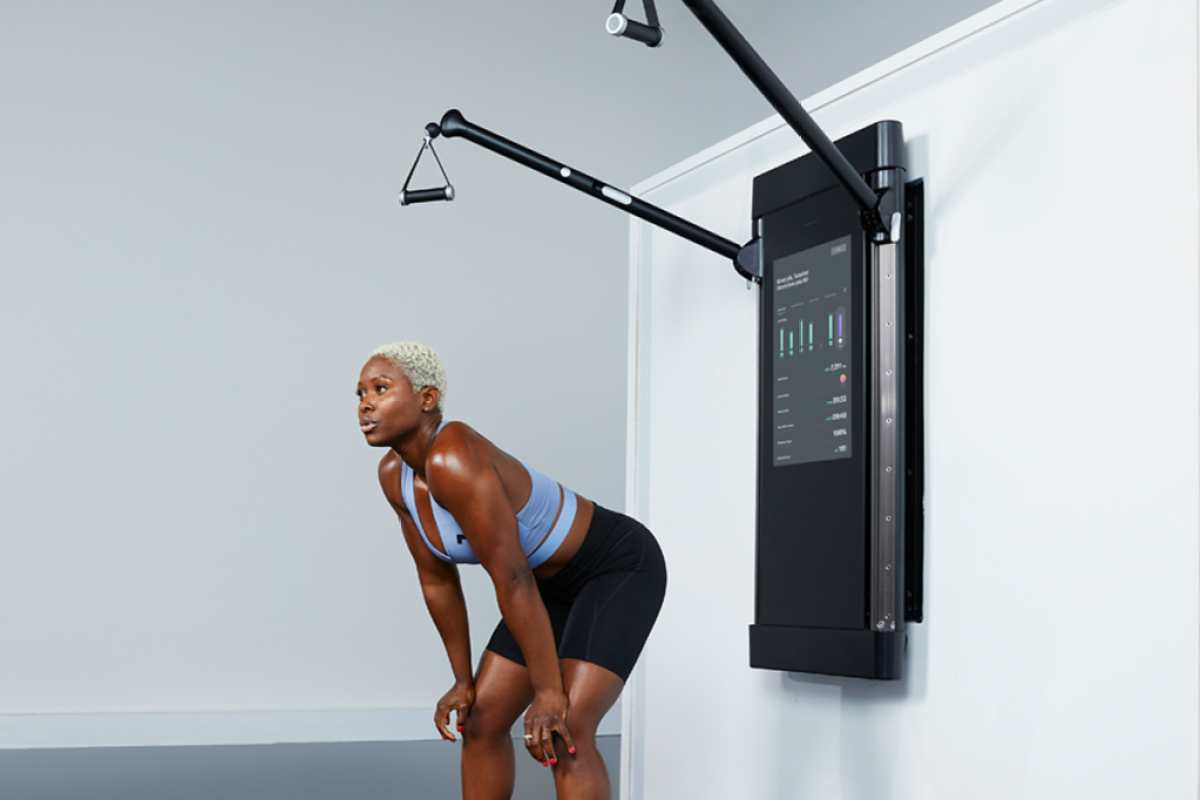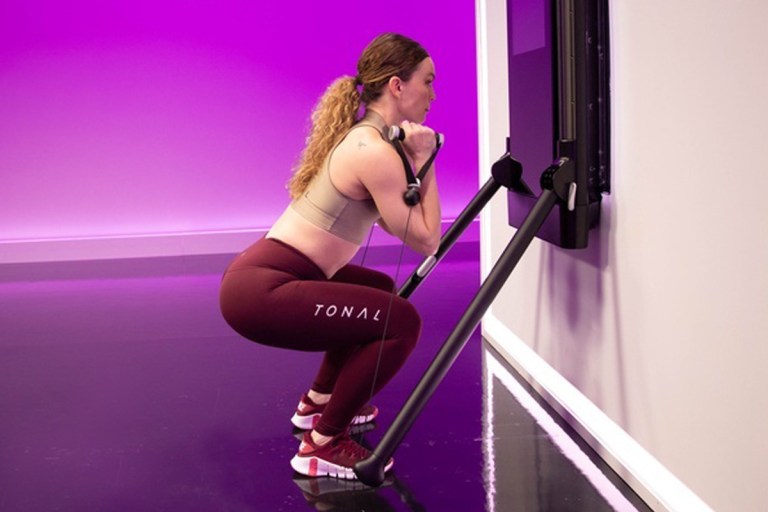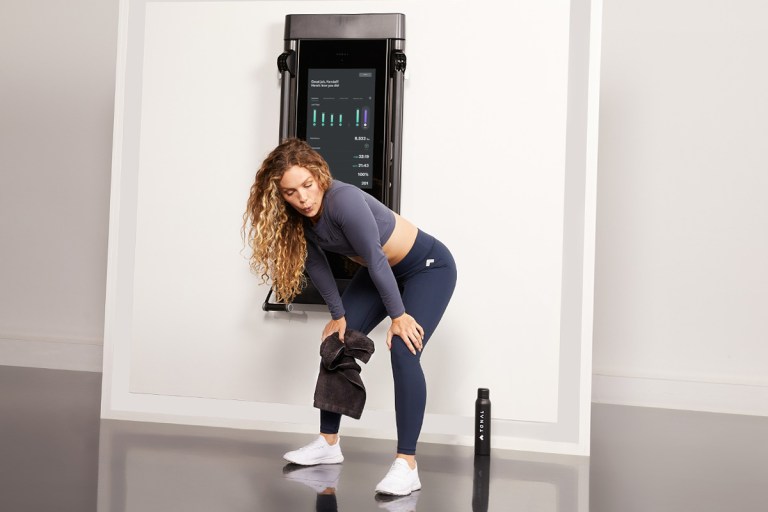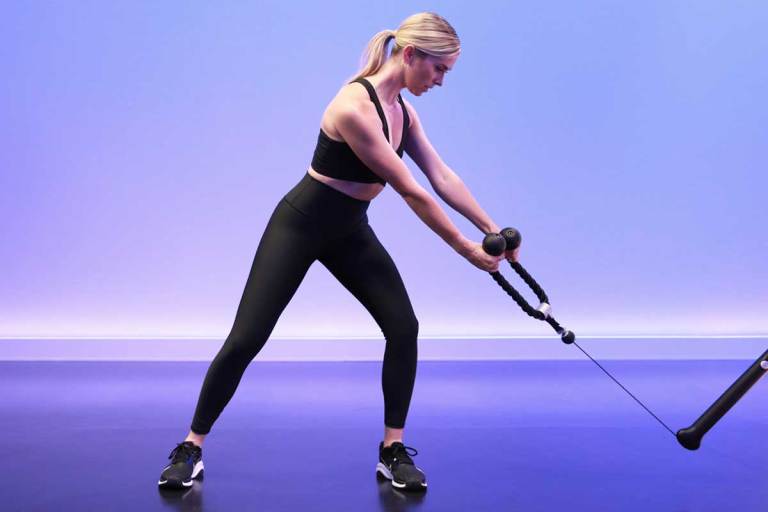What Is EPOC and Does Your Body Really Keep Burning Calories After a Workout?
Here’s what the science says about the “afterburn effect” and what you need to know about how it can affect your goals.

Your body is always burning calories. Even at rest, you need energy to power basic things like breathing, blood circulation, and organ function. The second you start exercising, the amount of calories your body burns goes into overdrive. But once your workout is over, your body doesn’t immediately go back to its resting state; it actually keeps burning that higher number of calories after you stop sweating.
That’s called excess post-exercise oxygen consumption (EPOC), a.k.a. the “afterburn effect.” “Recovery from a workout is an aerobic, energy-using process,” explains Jason Karp, Ph.D., an exercise physiologist, coach, and founder of Kyniska Running. To get your body back to its pre-workout state, it needs an elevated amount of oxygen above its typical resting levels.
Basically, your body is in overdrive trying to get back to normal. “The physiological mechanisms at play that cause EPOC include increased ventilation, replenishment of oxygen stores, removal of lactate, phosphocreatine resynthesis, and returning body temperature to resting levels,” explains Todd Buckingham, Ph.D., an exercise physiologist at the Mary Free Bed Sports Rehabilitation Performance Lab. “All of these mechanisms require oxygen in excess of what is normal for the body.”
Almost all types of workouts cause EPOC—strength training, swimming, biking, running, metabolic conditioning, HIIT, even walking. The difference is in duration and intensity. The more intense your workout, research has shown, the more energy expenditure (read: EPOC) it will take to return your body to its resting state.
But “intensity plays a larger role in determining the magnitude and duration of EPOC than does the duration of the workout,” says Buckingham. High-intensity workouts require more anaerobic (i.e. “without oxygen”) energy, which means “more things need to occur during recovery, including glycogen resynthesis, muscle fiber repair, reduction in body temperature, and more,” explains Karp. Think about it this way: A run and a walk of the same duration will have significantly different effects on EPOC because the run inherently requires more energy (and recovery) than the walk.
That’s one of the reasons why Tonal coach Kendall “Woody” Wood loves time-efficient high-intensity workouts. “You’re going to burn more calories in a shorter period of time and you’re going to continue burning those calories after the fact,” she says. “Because you’ve worked so hard, your metabolism is working faster and you’re continuing to expend energy after you’ve done the work.”
But this afterburn effect doesn’t last forever. Increased oxygen consumption can persist for several hours, according to older research published in the journal Sports Medicine, or up to 38 hours, a study published in the European Journal of Applied Physiology found. And a 2020 study published in the Journal of Sports Sciences determined that EPOC can last as long as 72 hours after strength training.
Still, it is not a magic solution for weight loss. “Some of the higher values recorded amassed over 30 liters of oxygen consumed during EPOC,” says Buckingham. “However, 30 liters of oxygen is equivalent to just 150 extra calories. And people had to run on a treadmill at 70 percent of maximum effort for 2 hours 40 minutes—that’s a lot of time and hard effort for so little in return.”
Instead of looking at EPOC as something to maximize or as a reason to do a specific workout, remember that “the benefits of the workout itself are the reason for doing the workout,” says Karp. The afterburn effect is a nice perk, but don’t overthink your calories—any exercise is going to give your metabolism a boost.



